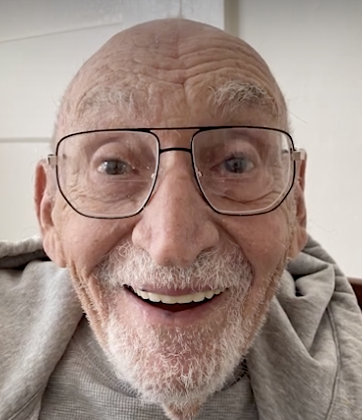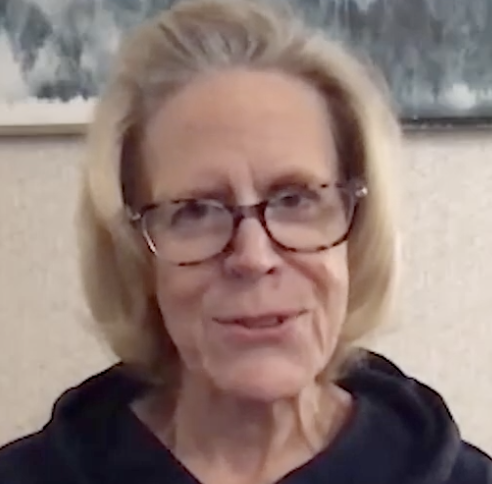Bob Gellatly was a retired software consultant in Newton Falls, Ohio. He shared his story with us in August 2017; he died in March 2018.
When I got my cancer diagnosis several months ago, I was told I had two options: to do nothing and live another one to six months or to undergo aggressive chemotherapy and radiation treatment, which may extend my life for an additional three to six months.
I had seen my brother undergo chemotherapy when he had pancreatic cancer. He died last spring, a year after his diagnosis. I was aware of all of the ramifications of chemo, the trials and tribulations my brother went through. So when my oncologists said to me, you have two options, but they both lead to the same place, I decided to ride it out: no chemo, no radiation, just palliative care.
A Matter of Acceptance
I wouldn’t say I’m coping; that’s not how I see it. I think it’s really a matter of acceptance. I know what’s going on, I know that these are my options, I know what my brother went through. Early on in my diagnosis, I said, OK, I accept everything. What more can you do?
Death with Dignity is about having the ability to determine when and where and how you’re going to go. It’s about having a choice, having control.
I’ve had discussions with my two children about end-of-life issues. They were there at the meeting with my oncologist. I told them what I wanted to do – what worked best for me in my heart. They were fine with it. They said, whatever you want to do, it’s your life, we’ll respect that.
I read the book Final Exit, by Derek Humphrey. That really charged me up. I’m an advocate; I’m a classic Baby Boomer in that sense. I used to be an advocate for issues like medical cannabis, but once I received my diagnosis, and after I read Final Exit, I became committed to the Death with Dignity movement.
What Death with Dignity is About
I did some online research and learned about the Death with Dignity National Center and Ohio End of Life Options. I shared my story and found out how to get more involved with activities in Ohio. I learned that an Ohio state Senator, Charleta Tavares, planned to introduce Death with Dignity legislation this year. I wrote to her, and received an encouraging response. I decided to contact the legislators in my district; then, I contacted all the Republicans in the state Senate. My message was simple: Death with Dignity is about having the ability to determine when and where and how you’re going to go. It’s about having a choice, having control.
Every once in a while I want to scream to my associates and friends: “Look, folks, this is going to creep up on you and shake you by the shoulders. It does not necessarily have to be you, but it could be a friend, or a loved one or relative. Everybody’s going to go through it. When it gets to that point at the end of life, you have to be ready.”
People don’t realize this until it’s too late, until it’s knocking on their doorstep. It’s a scary monster for a lot of people. Most people aren’t aren’t prepared for death. Most people don’t have a clue about how to deal with end-of-life issues. They don’t want to deal with it. Luckily enough, I had enough experience with my brother’s situation that I think I was prepared.
I’ve had a good, productive life. I worked at a good job for over 30 years, I have two children who grew up to be wonderful people, I have three wonderful grandchildren. I’m 69 years old; I accept the reality of my situation.
What I do not accept is not being able to determine how, when and where I will die.

